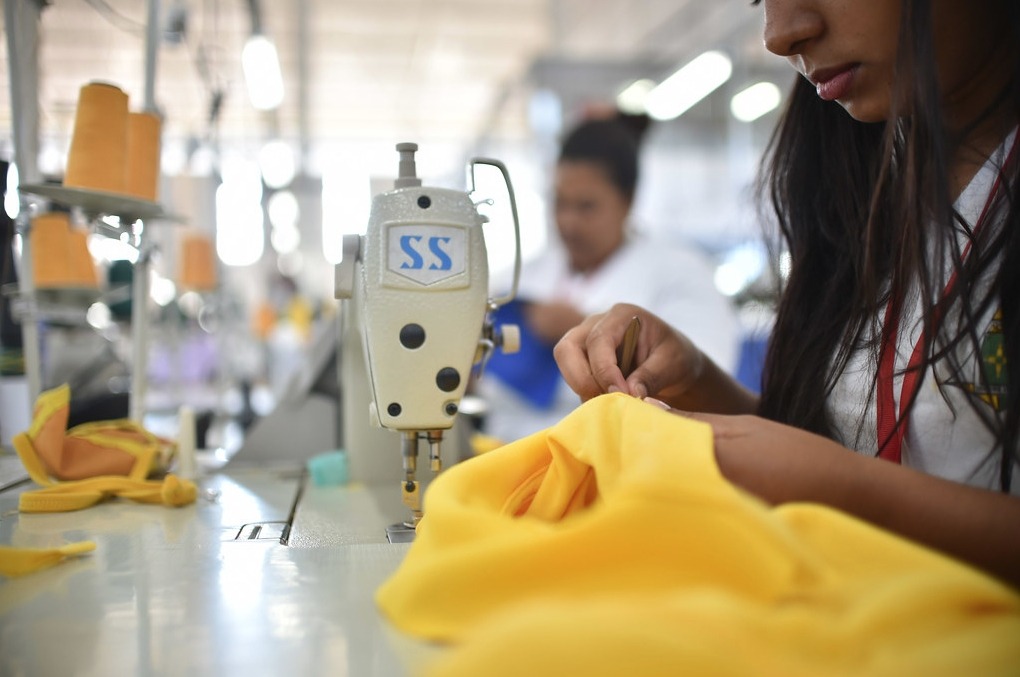Co-author Daniela Carrión
Fashion is one of the most lucrative industries in the world. It has a value similar to France’s GDP and employs more than 300 million people globally. However, fast fashion is the second most polluting industry worldwide and the World Bank and the Fashion Alliance estimate that it contributes between 8% and 10% of global greenhouse gas emissions each year.
Production costs have been reduced by mass production. However, there are other less obvious costs such as negative externalities associated with environmental impacts such as natural resource use, pollution and contribution to climate change.
The environmental cost of the fashion industry
In addition to being labor intensive, this sector requires large amounts of energy to produce. This exacerbates the problem of climate change and the consequences associated with the increase in extreme weather events that affect all sectors of the economy.
From the beginning of the production chain, significant quantities of oil are necessary for the production of raw materials for the textile industry, such as synthetic fibers, materials such as polyester and acrylic, which are in high demand due to their characteristics.
The Ellen McArthur Foundation estimates that 342 million barrels of oil per year are required to manufacture synthetic fibers, which are a type of plastic. These fibers are in high demand for their strength, durability, elasticity and impermeability. However, the same durability of the garments does not allow their easy disintegration once discarded in the countries’ landfills.
According to the Ellen McArthur Foundation, more than six out of every ten garments have fossil-based textiles as raw material. It is also estimated that 35% of the total microplastics that end up in the sea come from synthetic clothing and textiles.
In addition to being an energy-intensive industry, it is also water-intensive. According to The Guardian newspaper, 1.5 trillion liters are required annually by the fashion industry as making a single pair of jeans requires about 7,500 liters.
In addition, according to a study by the University of California, synthetic garments shed an average of 1.7 grams of microfiber in each wash, which ends up in water sources.
Garment manufacturing occurs in developing countries where labor conditions are more flexible, there are better economic conditions for companies and regulations are weaker. While parts of the economies of India, China and Bangladesh depend on the textile sector, it is also a relevant industry for some Latin American countries.
The industry in Latin America
The textile industry was one of the pioneers in Brazil’s industrialization process and the country is currently a world reference in the design of swimwear, jeanswear and homewear, among other items. This sector is the second largest employer in the manufacturing industry and generates around one and a half million direct jobs and almost eight million indirect jobs in more than 33,000 companies throughout the country.
In Mexico, on the other hand, the Textile and Apparel Industry employed 640 thousand people in 2018 and the sector ranks tenth among the country’s most important manufacturing economic activities. With almost all of the garments exported to the United States, the development of this industry is due to poor labor conditions and zero environmental protection.
Although the sector represents a large part of the income of developing countries, its reinvention is vital for the planet and its inhabitants. On the one hand, to improve the working conditions of textile workers and, on the other, to develop cleaner production with sustainable practices throughout the production chain that internalize the impacts on the planet.
To this end, it is essential to strengthen the institutional framework of developing countries to improve the working conditions of employees in the sector and to develop regulations and controls that guarantee the care and protection of the environment. And for consumers, it is essential that we become more aware of the ways in which we consume and use the garments we wear on a daily basis.
It is fashionable to be globally aware, as well as to review consumption and production patterns to make them more sustainable. We must think about a circular economy of fashion and for this it is key to take actions that involve the sector to really minimize the present and future environmental impacts.
Daniela Carrión is an economist and manager of projects financed by the Global Environment Facility in Latin America. She holds a Master’s degree in International Relations from the Universidad Andina Simón Bolívar, Ecuador, and in Environment and Development from The London School of Economics and Political Science, United Kingdom.
Photo by Agência Brasília on Foter.com











